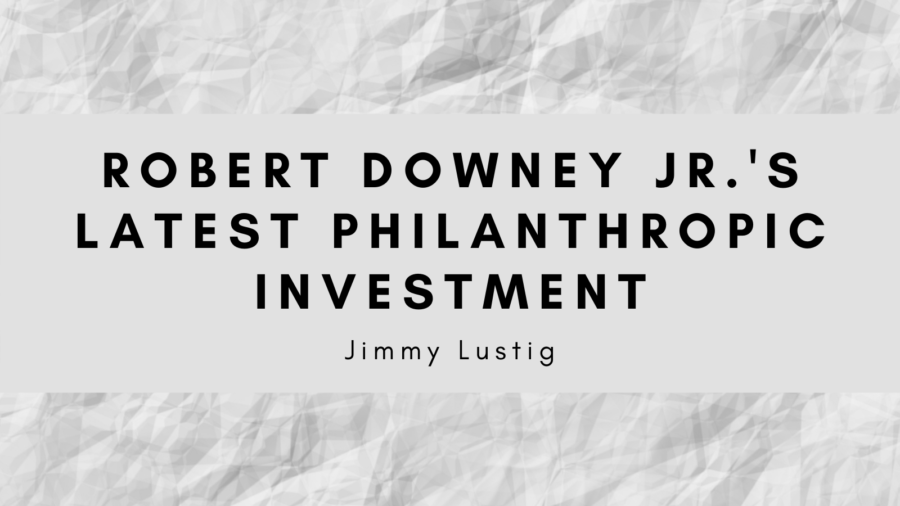A leadership change in a charitable organization marks a significant moment that necessitates careful planning and strategic actions. Successfully navigating this transition requires a thoughtful approach to maintaining the organization’s mission, engaging stakeholders, and fostering a sense of continuity. Here are key steps to consider after a leadership change in your charity:
Conduct a Comprehensive Transition Plan
Start by conducting a comprehensive transition plan that outlines the key aspects of the change. Identify immediate priorities, critical tasks, and long-term goals. This plan should thoroughly assess the organization’s current state, challenges, and opportunities.
Communicate Transparently with Stakeholders
Transparent communication is paramount during a leadership change. Keep stakeholders informed about the transition process, the reasons behind the change, and the vision for the future. Open and honest communication builds trust and ensures that all stakeholders, including donors, volunteers, and staff, are on the same page.
Assess and Strengthen Internal Operations
Take the opportunity to assess and strengthen internal operations. This may involve conducting a review of existing processes, evaluating the efficiency of workflows, and identifying areas for improvement. Streamlining operations contributes to the organization’s overall effectiveness and prepares it for sustained success under new leadership.
Engage with the Board of Directors
Collaboration with the board of directors is crucial for a smooth leadership transition. Work closely with the board to define strategic goals, align organizational priorities, and establish a clear vision for the charity’s future. The board’s support and guidance are pivotal in steering the organization in the right direction.
Empower and Motivate the Team
A change in leadership can create uncertainty among the staff. Empower and motivate the team by providing clear communication, emphasizing the organization’s mission, and instilling a sense of purpose. Recognize and celebrate the contributions of the team, reinforcing a positive and collaborative work culture.
Assess and Strengthen External Relationships
Evaluate and strengthen external relationships with donors, partners, and the community. Cultivate existing connections and explore opportunities for new collaborations. Open communication with external stakeholders ensures continued support and reinforces the charity’s position within the broader community.
Develop a Succession Plan for Future Stability
Learn from the transition experience and develop a succession plan for future stability. A well-thought-out succession plan identifies potential future leaders within the organization, ensures a smooth handover of responsibilities, and mitigates disruptions caused by future leadership changes.
Foster a Culture of Adaptability
Foster a culture of adaptability within the organization. Embrace change as a natural part of growth and encourage a mindset that values innovation and continuous improvement. A culture of adaptability positions the charity to navigate future challenges and seize new opportunities.






